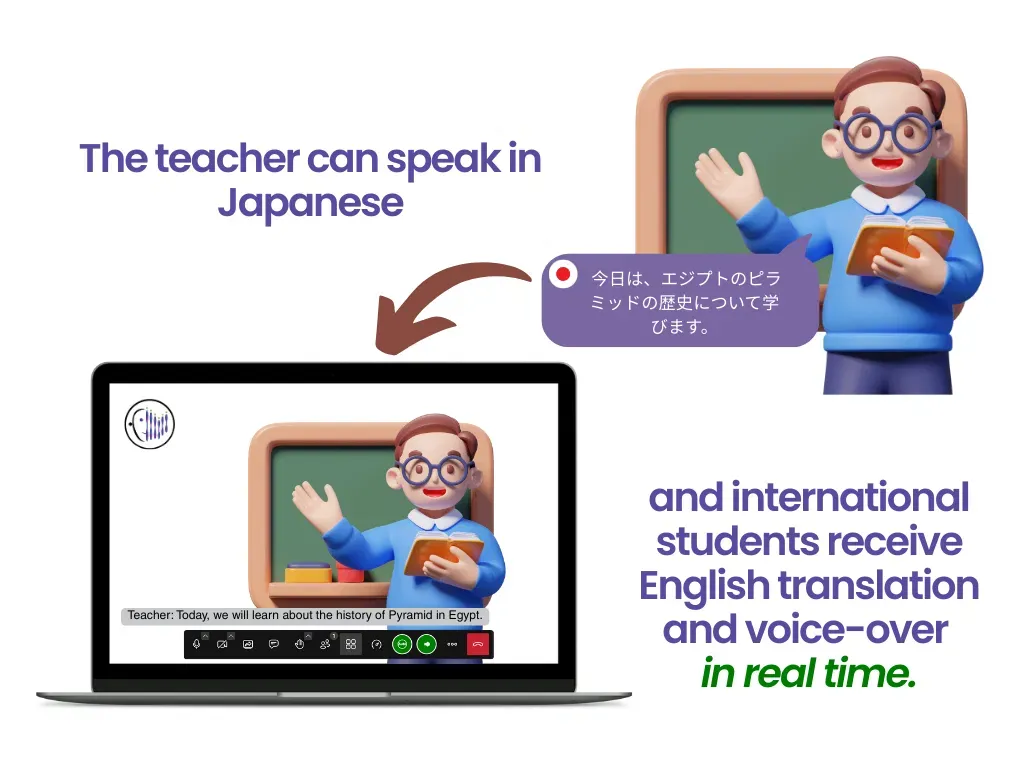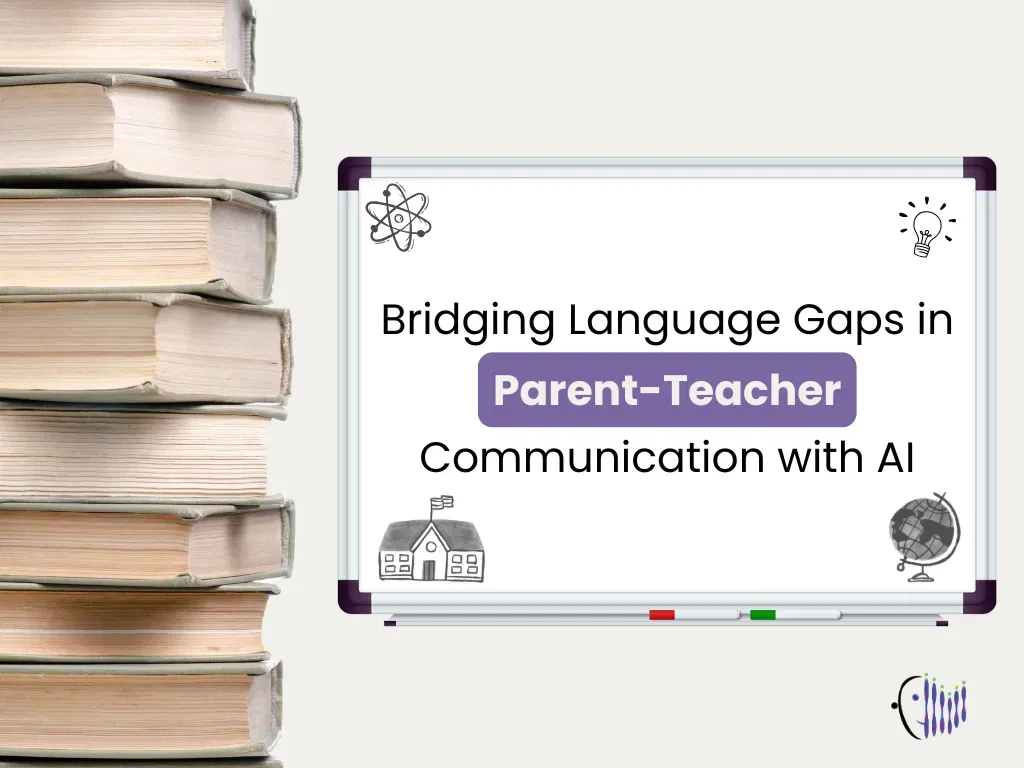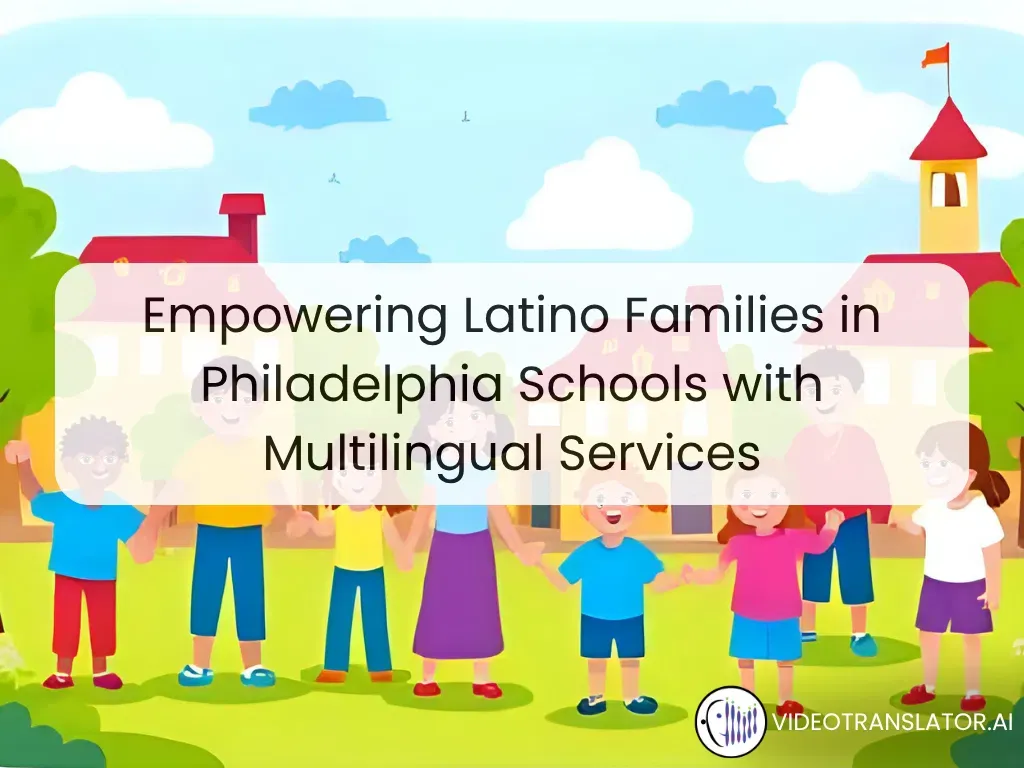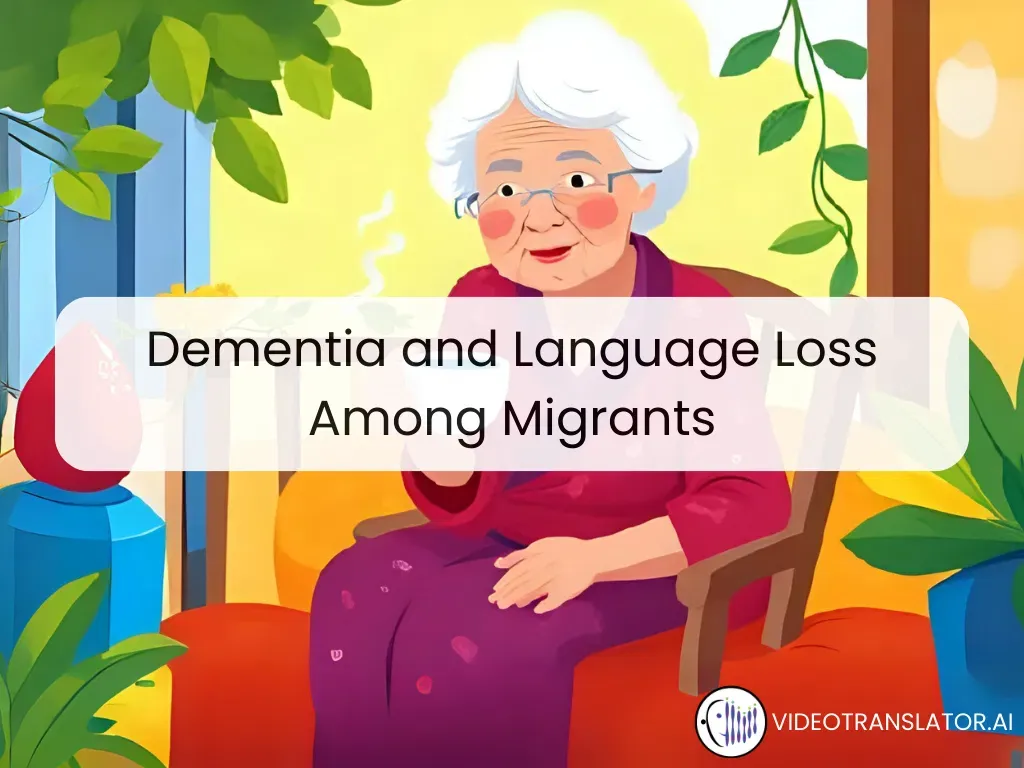In Japan, the struggle of non-native Japanese-speaking students is rapidly worsening. As of fiscal 2023, nearly 70,000 elementary, junior high, and high school students across Japan required specialised Japanese as a foreign language (JFL) instruction—more than double the number from just a decade earlier.
These students often feel isolated, particularly in rural communities. About 30% of public elementary and middle schools (a total of 9,241 schools) had students needing JFL support, and in 70% of those schools, there were only four or fewer such students. As Wakabayashi Hideki of Utsunomiya University notes,
“The problem is more likely to go unrecognised when only a few students need support, and municipalities often can’t secure budgets and staff.” Associate Professor, Utsunomiya University’s School of International Studies
Even more alarming, 970 school-age foreign children were confirmed not to be attending school in fiscal 2023—a 24.6% increase over the previous year. Factoring in those whose status was unclear, up to 8,601 children may be excluded entirely from education. Language becomes a barrier that excludes capable learners from education, leading to isolation and fewer life opportunities. (Nippon.com)
Envision This: Learning, Not Translating
Picture sitting in a math class where you understand only fragments—maybe half the words. You spend your energy trying to mentally translate instead of absorbing the lesson. This leads to fatigue, silence, and lost potential. This is the daily reality for too many foreign-born students in Japan.
These language gaps often push students out of school entirely, meaning they miss out on not only academic growth but also belonging, friendship, and hope for the future.
We must address this barrier in a world that values global mobility. Education should empower, not exclude.
Introducing VideoTranslatorAI: Making Every Classroom Truly Inclusive
VideoTranslatorAI bridges this gap by offering a multilingual video call platform designed specifically for real-time education and training. Students and teachers can join a session and speak their own language, while the AI instantly translates both speech and subtitles for every participant.
The system provides two powerful layers of communication:
- Real-time subtitles appear in each user’s chosen language, ensuring no key point is missed.
- Natural voice-over translation delivers spoken output in the target language, which can be turned on or off based on preference.
This combination creates an inclusive learning environment where students can focus on content rather than struggling with translation. Teachers don’t need to slow down, and students gain equal access to the whole conversation.

Why This Solution Matters
- Many municipalities struggle to staff language instruction—especially where only a handful of students need help—making distributed, scalable solutions essential.
- VideoTranslatorAI matches this need for scalable, flexible support. It’s present wherever the internet is: in classrooms, community centres, and students’ homes.
How It Works in Practice
Consider an online economics course with participants from Indonesia, Vietnam, and France. Each student selects their preferred language at the start of the class.
As the lecturer speaks in English, the Brazilian student sees subtitles in Portuguese, the Vietnamese student reads in Vietnamese, and the German student listens with German voice-over enabled.
The flow is natural. There are no awkward pauses or interruptions. Each participant hears and reads the lesson in real time, making the classroom environment more inclusive and productive.

Beyond Classrooms: Multilingual Broadcasting
VideoTranslatorAI also offers a multilingual broadcast platform that allows lectures, webinars, or training events to be streamed into multiple languages simultaneously. A single session can reach hundreds of attendees, each receiving subtitles and voice-over in their chosen language.
This feature is especially valuable for universities, global training companies, and large-scale educational conferences. Institutions no longer need to run multiple sessions in different languages. Instead, they broadcast once, and VideoTranslatorAI delivers the translation instantly.
The Benefits for Education
- Inclusivity: Every student, regardless of language background, can participate fully.
- Equal Access: Migrant students and international learners no longer face disadvantages in class discussions.
- Efficiency: Teachers and trainers focus on teaching, while the AI handles translation seamlessly.
- Scalability: From small online classes to global webinars, the system adapts to any size.
- Cultural Respect: Students feel valued when they can learn in their native language.
A Real Step Toward Equity in Global Education
The impact of multilingual technology in education extends far beyond convenience. It fosters diversity, encourages collaboration, and ensures that knowledge is not limited by language. For migrants who move across borders to study, this technology levels the playing field. For institutions seeking to expand internationally, it opens doors to broader audiences without additional overhead.
Education is a human right, not a privilege reserved for those fluent in English or another global language. By integrating AI-powered translation into classrooms and broadcasts, VideoTranslatorAI makes that vision possible.
Conclusion
Language should never determine who gets to learn and who gets left behind. As the world becomes increasingly interconnected, global education must evolve to be inclusive.
VideoTranslatorAI provides the tools to remove barriers, empower learners, and create equal opportunities across borders. With its multilingual video call platform and broadcast technology, students everywhere can finally focus on what truly matters: learning, growing, and achieving their goals.
Because when every student’s voice is heard, education becomes truly global.
If you are interested in learning more about our solutions, click here or reach out to us at hello@videotranslator.ai.



